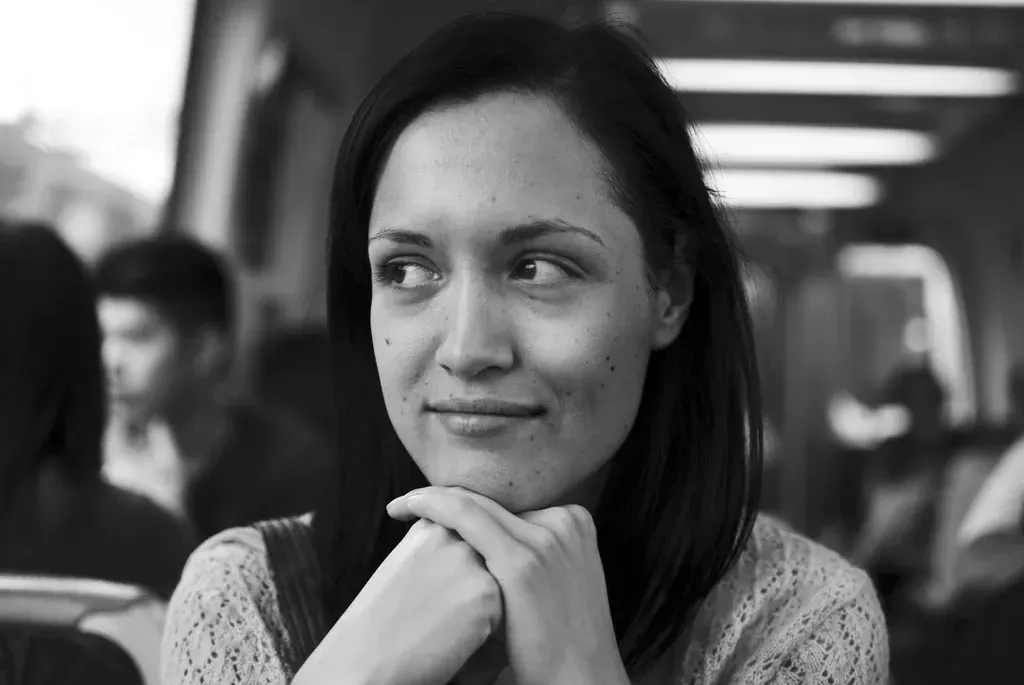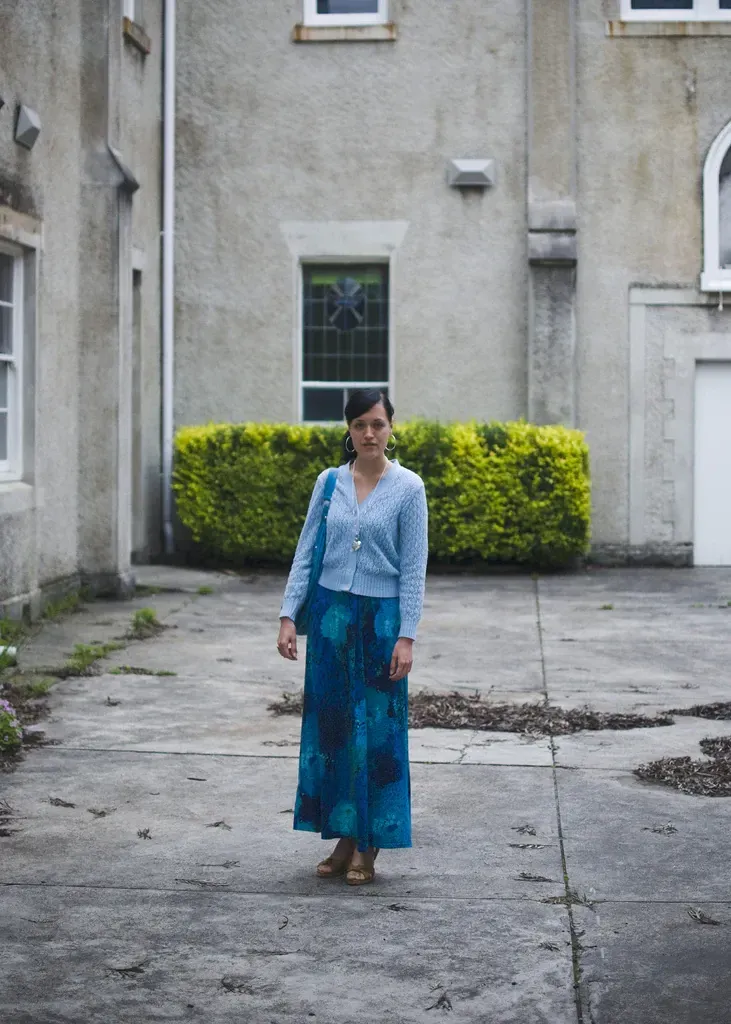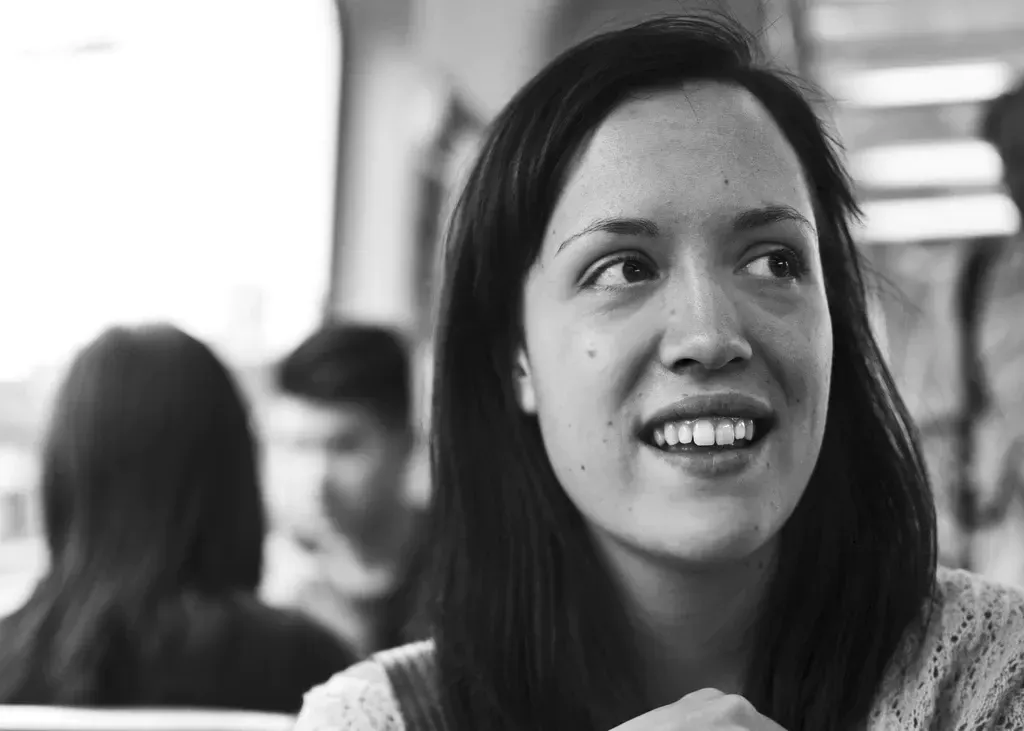'You're Not a Failure'
Written by

Jade Kake (Ngāpuhi, Ngāti Whakaue, Te Whakatōhea) is an architectural designer and writer - founder of Matakohe Architecture and Urbanism, a Whangārei-based kaupapa Māori design studio.
Kake is the guest speaker at CreativeMornings next online - in partnership with The Big Idea - Friday 26 March at 7.30am. She shares some insights into how she found her feet and flourished as a creative.
At 22, I was really still trying to figure it all out.
I knew what I wanted to achieve, but I think I was just at the beginning of being able to see a pathway forward. I had just moved to Auckland from Brisbane after the 2011 floods, staying at my cousin’s flat in Morningside and living on my credit card while applying for jobs I was barely qualified for.
Knowing what I know now, I would offer my 22-year-old self the following advice:
Trust yourself and stick to your guns
I remember people telling me I was idealistic and what I wanted to achieve wasn’t realistic. These days I rarely get those sorts of comments, but I’ve been justified in my convictions so often that I now trust and back myself 100%. It takes a lot to protect and carry a vision, and there will always be people – often well-intended – who try to steer you off course. Sounds clichéd but believe in yourself.
You’re not a failure
I felt like a failure - a lot - in my early 20s. I finished my undergraduate degree in 2009 and there were no jobs in architecture. The Global Financial Crisis meant that nobody in my field was hiring, and without any connections, it was almost impossible to get work experience.
It felt like I was wasting time and I was impatient to get started on my career track. Looking back though, I ended up having an interesting array of jobs, experiences and further study (mostly out of necessity) and hardly any of it ended up being a waste of time. Those ‘grifty’ post-GFC years meant I developed a diverse skillset and ended up with a lot of great transferrable skills as a result.
I was the first and only one in my immediate family and out of my first cousins to graduate from university (although two of my younger cousins on my dad’s side later graduated with degrees).
I remember feeling really frustrated that I did all this study and took on all this debt only for my life to seemingly turn out exactly the same – working low wage blue-collar jobs. I’d also remind myself that not everyone has the same starting base, you’re not a failure if you don’t get the same outcomes or can’t operate on the same timescale as people who do have access to support, opportunities and resources.
I would also tell myself to stick with it. I quit architecture school 2-3 times (depending on your definition of quitting) and it took me 10 years to finish both degrees. Learning is a lifelong journey.
I’d also tell myself that registration as an architect is also not the be-all and end-all. There are many diverse pathways and options available to you within architecture, and you don’t have to get this ‘done’ by any particular time to be successful and impactful in your mahi.
Find your support crew (and find your mentors)

Jade Kake - as her 22-year-old self. Photo: Amy Woodward.
I went to architecture school in Brisbane and found it really alienating at times – there were no other Māori, Pasifika or Indigenous students in my programme, the majority of students were white or Asian and came from affluent backgrounds with significant family support.
Becoming a part of Ngā Aho (the Māori design professionals network) was such a critical part of my journey. Meeting other practitioners who had the same values and ethos as me is the reason that I have stayed in the profession. Knowing you’re not alone – and that your way of thinking and practicing is legitimate – as well as the access to networks and support is critical as a Māori practitioner in a Pākehā-dominated profession.
I firmly believe that you need good mentors, regardless of where you are at in your career. The mentors I have had over the years have been critical to my success so far. It’s through working closely with good mentors (for me, it’s been Rau Hoskins and Felicity Christian, amongst others) that I’ve been able to learn and develop my approach to kaupapa Māori architecture, have access to extensive networks, and develop confidence in myself as a designer and business owner.
I also think it’s important to pass it on (regardless of how far you are in your own career), so I always try to make time for students and graduates.
Pace yourself!
I don’t know if this is the right advice but at 22, I really felt like I was falling behind on the ‘track’ I was supposed to be on. You don’t have to achieve everything by the time you’re 25, or 30 or 40, or any particular age. It’s actually fine to pace yourself, and important and healthy to make time for things outside of work.
When I finally had the opportunity to ‘make it’ in my industry, I think I was really motivated to make up for lost time and achieve a lot of things really rapidly, which was good in some ways but in my 30s I’m much more focussed on prioritising rest, wellbeing, whānau and interests outside of work, alongside my work and hapū commitments.

Jade Kake - as her 22-year-old self. Photo: Amy Woodward.
It’s fine to be a polymath
I don’t know that I am one, but it’s absolutely fine and even good to have diverse professional interests. You should just pursue the things that are meaningful and interesting to you. Lately, I’ve been euphemistically describing my career as a ‘portfolio career’ to explain why I haven’t strictly focussed on architecture, and instead done architecture plus a lot of other things.
When I was 22, I really wanted to be a writer but I had no idea how to go about it, so I just wrote a lot and saved the articles and stories in a folder on my computer. Now I get to write things and people pay me money to do it, and work in architecture, and dabble in things like podcasting and installation art, and that is all totally valid.

